Amid the wider market decline, meme coin Dogecoin has seen its price retrace by about 10% in the past 24 hours. At the same time, data from Coinglass shows that over $24 million worth of Dogecoin positions have been liquidated in the ensuing decline in the past 24 hours.
Coinglass Data Highlights Extent Of Dogecoin Liquidations
According to data from Coinglass, Dogecoin liquidations have been among the most significant in the market in the past 24 hours, as leveraged positions failed to withstand the rapid price drop. Particularly, Dogecoin traders lost over $24.37 million in liquidations during the past day, coming in behind only Ethereum, Bitcoin, and Solana, who have witnessed $136.9 million, $111.54 million, and $31.48 million, respectively, in liquidations.
Related Reading
Long positions accounted for the majority of liquidations, as bullish traders were caught off guard by the unexpected sell-off. In the case of DOGE, $21.42 million worth of long positions were liquidated, while about $2.95 million worth of short positions were liquidated.
These liquidations have also been accompanied by a strong decline in open interest in Dogecoin futures positions. According to Coinglass data, the open interest on Dogecoin is currently at 10.31 billion DOGE tokens, reflecting a 12.37% decline in a 24-hour timeframe. This corresponding drop in open interest suggests a cautious sentiment among Dogecoin investors as crypto bulls push through double-digit beatdowns.
DOGE To Bounce Back?
The dominance of liquidated long positions shows how bullish traders were blindsided by the abrupt sell-off, which swiftly erased many of the gains in the previous four days.
This sharp correction has interrupted Dogecoin’s upward momentum, which had been gearing up to break above the $0.40 price level. Instead, Dogecoin bulls now face the challenge of defending key support at $0.35.
Related Reading
Dogecoin’s price action in the past seven days has been characterized by intense activity, with a surge from $0.31 on January 1 to $0.395 on January 7, representing a 27.4% increase in six days. However, the past 24 hours have been riddled by a 10% correction.
Nevertheless, Dogecoin continues to hold on to this intense trading activity, with data from Coinmarketcap showing a 90% increase in trading volume in the past 24 hours despite the liquidations. Furthermore, these sorts of liquidations and declines are not unusual for Dogecoin, and many holders have seen them as part and parcel of the market.
Looking ahead, Dogecoin retains the potential for a strong rebound, particularly if bulls can maintain support around the $0.35 level. A recovery in Bitcoin’s price above the critical $100,000 mark could further provide the broader market momentum needed to resume Dogecoin’s rally.
At the time of writing, Dogecoin is trading at $0.3505.
Featured image created with Dall.E, chart from Tradingview.com


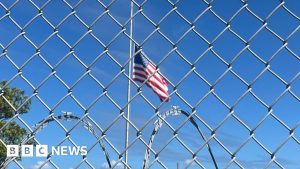




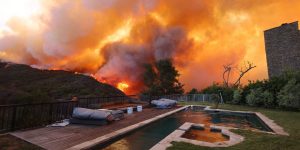







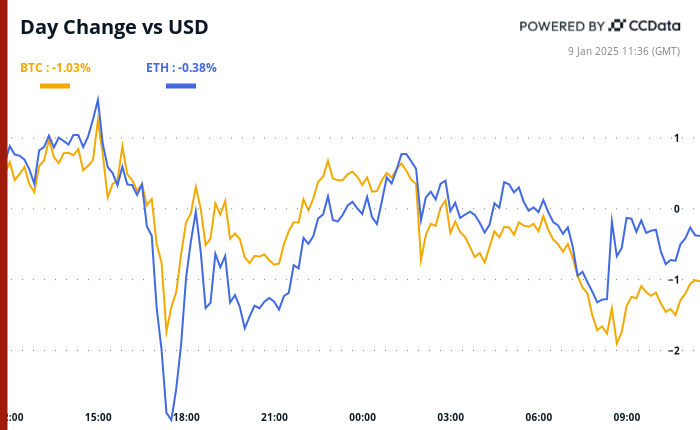



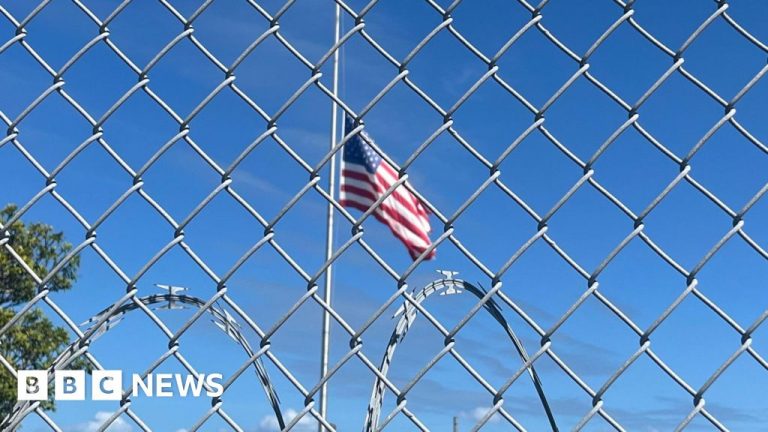




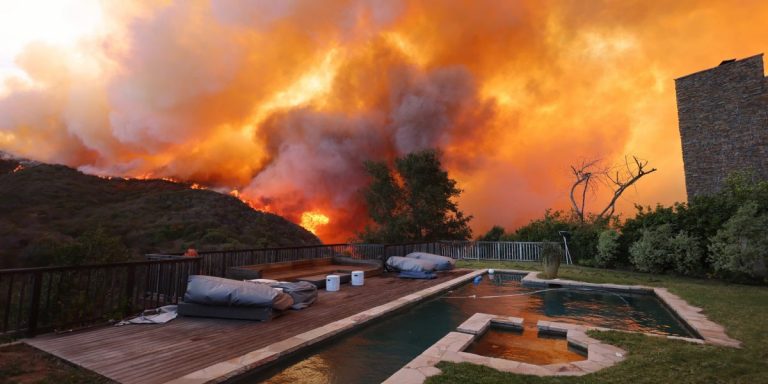
+ There are no comments
Add yours